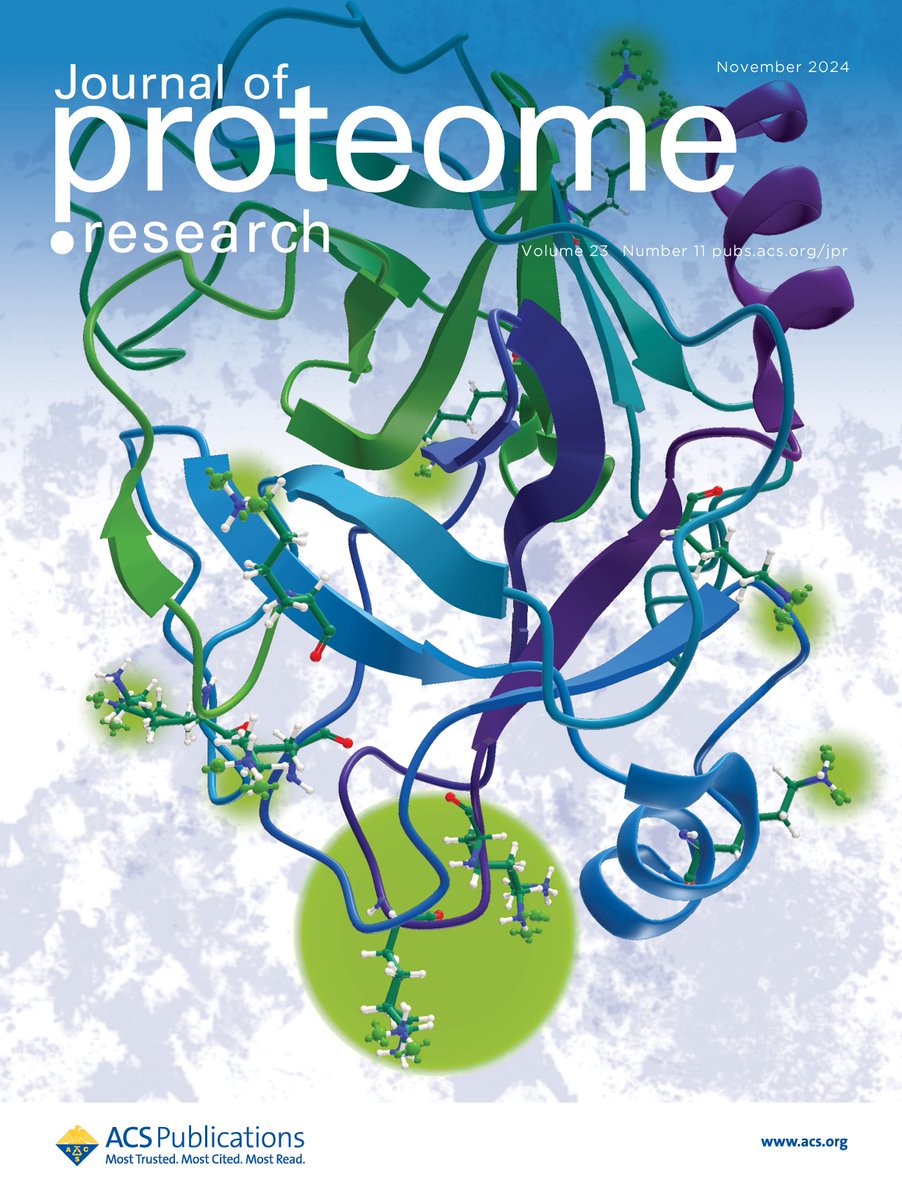细胞外基质的蛋白质代谢组学剖析揭示了黄麻茎腐病期间细胞壁完整性和钙信号转导与细胞壁相关易感性的变化
IF 3.6
2区 生物学
Q1 BIOCHEMICAL RESEARCH METHODS
引用次数: 0
摘要
植物监视系统通过激活与细胞功能相关的不同分子途径,赋予疾病和免疫状态以特异性。细胞外基质(ECM)是一种预先形成的被动屏障,在与病原微生物相互作用的部位会发生动态重塑。黄麻茎腐病是由黄麻噬菌体(Macrophomina phaseolina)引起的,会对黄麻的纤维生产产生不利影响。然而,在韧皮纤维作物中,与壁相关的易感性如何影响 ECM 蛋白体组和代谢组仍未确定。在此,研究人员对黄麻感染 M. phaseolina 后的茎腐响应定量时间 ECM 蛋白组和代谢组进行了研究。形态组织学检查显示,病理受胁迫黄麻的叶片破碎伴随着活性氧的产生。电子显微镜显示,在真菌侵袭的后期,由于坏死,黄麻的病害发展和 ECM 结构发生了重塑。利用等压标签进行相对和绝对定量蛋白质组学研究以及液相色谱-串联质谱分析,我们确定了 415 种疾病响应蛋白质,它们参与了壁完整性、酸化、蛋白稳态、水合和氧化还原稳态。疾病相关网络确定了以α-半乳糖苷酶、果胶酶和thaumatin为中心的功能中心。气相色谱-质谱分析表明,与谷胱甘肽途径、TCA 循环以及角质素、单宁和蜡代谢相关的疾病反应代谢物富集。数据表明,壁降解酶、结构碳水化合物和钙信号转导控制着腐烂反应壁的敏感性。蛋白质组学数据已存入 Pride(PXD046937;PXD046939)。本文章由计算机程序翻译,如有差异,请以英文原文为准。

Proteo-metabolomic Dissection of Extracellular Matrix Reveals Alterations in Cell Wall Integrity and Calcium Signaling Governs Wall-Associated Susceptibility during Stem Rot Disease in Jute
The plant surveillance system confers specificity to disease and immune states by activating distinct molecular pathways linked to cellular functionality. The extracellular matrix (ECM), a preformed passive barrier, is dynamically remodeled at sites of interaction with pathogenic microbes. Stem rot, caused by Macrophomina phaseolina, adversely affects fiber production in jute. However, how wall related susceptibility affects the ECM proteome and metabolome remains undetermined in bast fiber crops. Here, stem rot responsive quantitative temporal ECM proteome and metabolome were developed in jute upon M. phaseolina infection. Morpho-histological examination revealed that leaf shredding was accompanied by reactive oxygen species production in patho-stressed jute. Electron microscopy showed disease progression and ECM architecture remodeling due to necrosis in the later phase of fungal attack. Using isobaric tags for relative and absolute quantitative proteomics and liquid chromatography-tandem mass spectrometry, we identified 415 disease-responsive proteins involved in wall integrity, acidification, proteostasis, hydration, and redox homeostasis. The disease-related correlation network identified functional hubs centered on α-galactosidase, pectinesterase, and thaumatin. Gas chromatography–mass spectrometry analysis pointed toward enrichment of disease-responsive metabolites associated with the glutathione pathway, TCA cycle, and cutin, suberin, and wax metabolism. Data demonstrated that wall-degrading enzymes, structural carbohydrates, and calcium signaling govern rot responsive wall-susceptibility. Proteomics data were deposited in Pride (PXD046937; PXD046939).
求助全文
通过发布文献求助,成功后即可免费获取论文全文。
去求助
来源期刊

Journal of Proteome Research
生物-生化研究方法
CiteScore
9.00
自引率
4.50%
发文量
251
审稿时长
3 months
期刊介绍:
Journal of Proteome Research publishes content encompassing all aspects of global protein analysis and function, including the dynamic aspects of genomics, spatio-temporal proteomics, metabonomics and metabolomics, clinical and agricultural proteomics, as well as advances in methodology including bioinformatics. The theme and emphasis is on a multidisciplinary approach to the life sciences through the synergy between the different types of "omics".
 求助内容:
求助内容: 应助结果提醒方式:
应助结果提醒方式:


